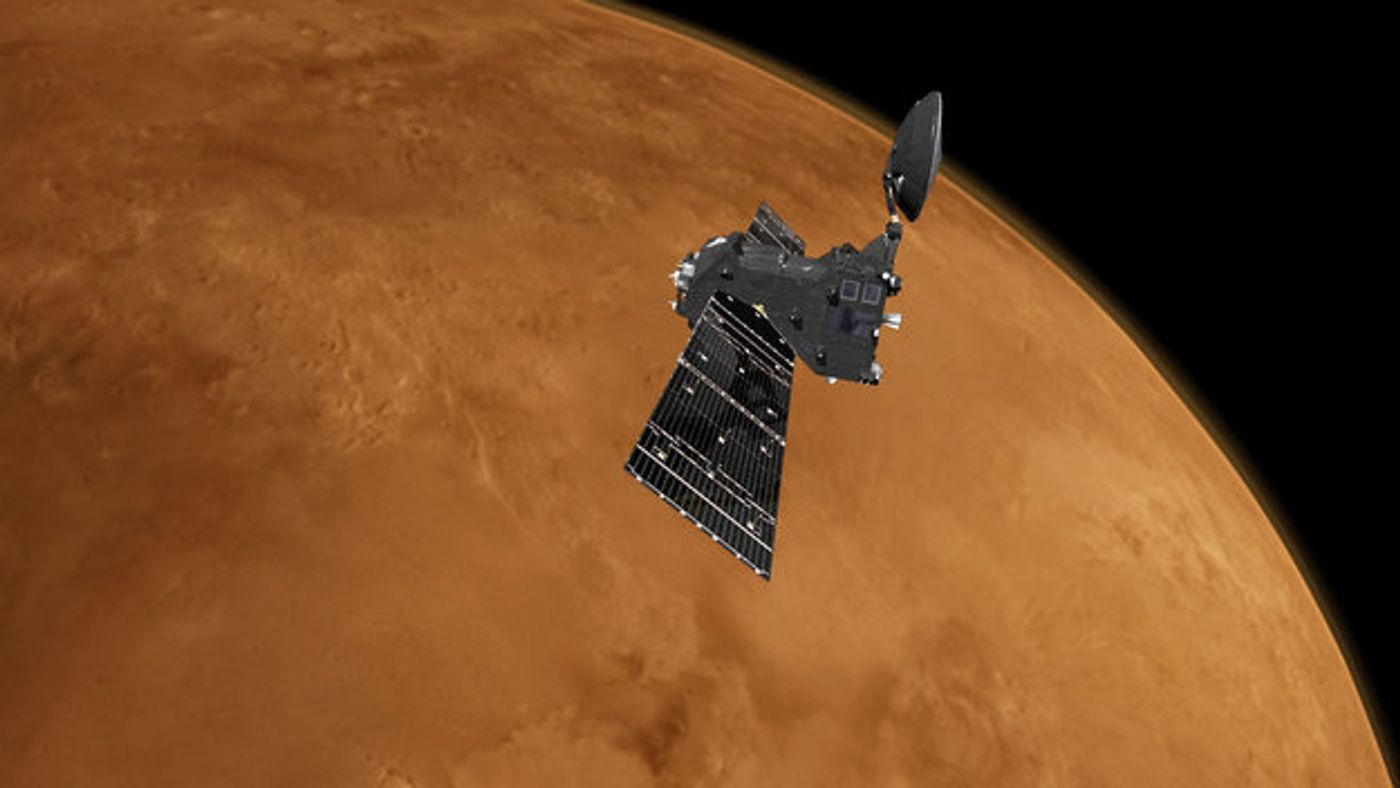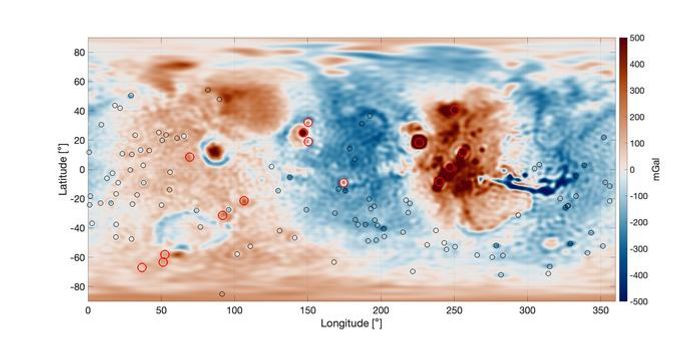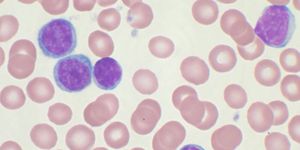ESA's Trace Gas Orbiter is Almost Ready to Study Mars' Atmosphere
The European and Russian space agencies launched the ExoMars Trace Gas Orbiter back in 2016, and after a long journey and a slew of minor adjustments to get the spacecraft where it needed to be, it now seems that it’s almost ready to commence scientific operations.
Image Credit: ESA
“This is a major milestone for our ExoMars program and a fantastic achievement for Europe,” said Pia Mitschdoerfer, the Trace Gas Orbiter mission manager.
“We have reached this orbit for the first time through aerobraking and with the heaviest orbiter ever sent to the Red Planet, ready to start searching for signs of life from orbit.”
Related: NASA's getting excited about its upcoming InSight mission
Mission engineers exploited a technique called ‘aerobreaking,’ in which the ExoMars Trace Gas Orbiter slowed its initial trajectory and eased its way into the proper orbital path around Mars. This technique involves the use of the spacecraft’s solar wings to produce drag as it enters the planet’s upper-atmosphere for orbital insertion.
In its current position, the ExoMars Trace Gas Orbiter tracks a near-circular path about 400 km above Mars’ surface and completes a full orbit once every two hours.
“We will start our science mission in just a couple of weeks and are extremely excited about what the first measurements will reveal,” added Håkan Svedhem, the Trace Gas Orbiter’s project scientist.
“We have the sensitivity to detect rare gases in minute proportions, with the potential to discover if Mars is still active today – biologically or geologically speaking.”
Related: Two potential landing sites for the ExoMars 2020 rover
After some initial equipment calibration and software configuration, the ExoMars Trace Gas Orbiter will begin sampling Mars’ upper atmosphere so that scientists can study its unique chemical composition. Of particular interest are gasses that suggest potential biological or geological activity, such as methane.
There probably won’t be vast quantities of the stuff, but the Trace Gas Orbiter has incredibly sensitive equipment that can detect even the smallest amounts. That said, it has the potential to advance our understanding of Mars and whether it may have been habitable at one time.
Without a doubt, it’ll be interesting to see what scientists learn after the ExoMars mission begins collecting information.
Source: ESA









